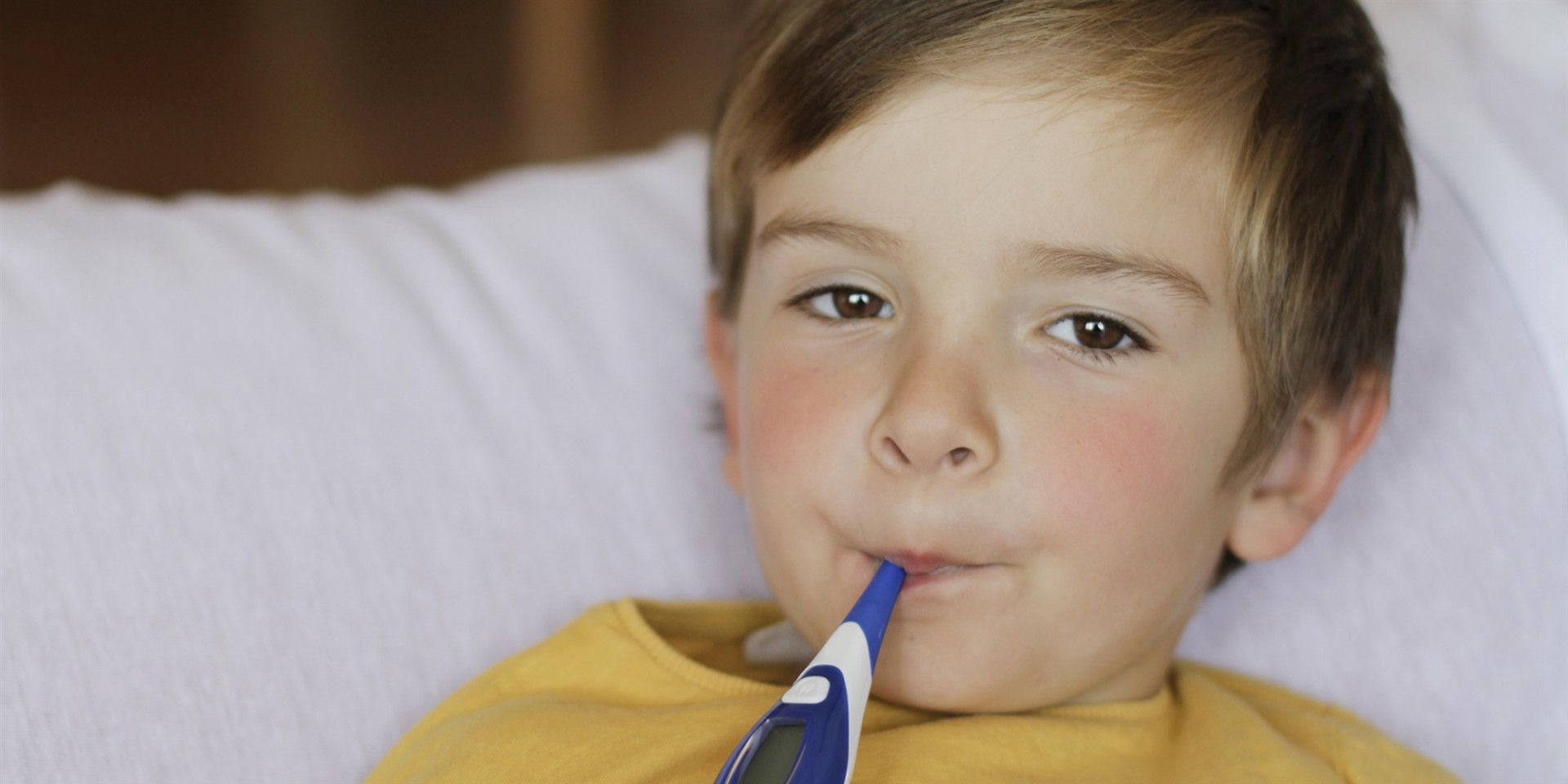TODAY: What is fifth disease? Cold virus causes symptoms including 'slapped cheek' rash
By A. Pawlowski
If a kid develops a red rash that looks like a “slapped cheek” this cold and flu season, a virus called fifth disease may be to blame.
Parents alarmed by the symptoms may not have heard of the illness, but pediatricians see it quite often as respiratory viruses rage during the fall, winter and spring. An outbreak was already reported this month at a school in Allegheny County, Pennsylvania.
The unusual name of the disease came from the fact that it was fifth on a list of common skin rash illnesses in children, the Centers for Disease Control and Prevention said.
What should families know about it and why should pregnant women be concerned? TODAY asked the experts.
What is fifth disease?
It’s a mild, but contagious illness caused by parvovirus B19. Kids can get it at any time of year, but it’s most prevalent during the cold and flu season in the winter up until the early spring.
Why is it more common in children?
This is true for many viruses because kids’ immune systems take time to fully develop, so they’ll have many more colds in a year than adults, Kourtis said.
Fifth disease is most common in children 5 to 15 years old, according to Dr. Emily Goodwin, a pediatrician at Children’s Mercy Kansas City Hospital and a clinical assistant professor of pediatrics at the University of Missouri Kansas City School of Medicine.
What are the symptoms?
They’re similar to the common cold — mild fever, runny nose and headache — with an important addition: a “slapped cheek” rash, followed by a second rash on the body.
Parents may not always be aware that the facial redness is part of an illness.
“It’s tough because during cold and flu season we also get kids getting rosy cheeks just being outside in the dry air,” Goodwin said. “But it’s very characteristic, this red rash.”
Ironically, kids are no longer contagious by the time they develop the rash, both experts said.
“Their cheeks are quite rosy, but they’re playful and looking good,” Goodwin noted. “If I see a kid with a rash but they’re looking quite ill, then I might start thinking of other things besides this virus.”
Is it possible to prevent fifth disease?
There’s no vaccine, so the best prevention is good hygiene, both experts said.
- Washing hands with soap and water is the best prevention.
- For pregnant women, avoid close contact with someone who is sick.
- Those who work in healthcare, a daycare or a school, where they could be exposed to sick children, should be especially vigilant.
- Cover the nose and mouth when coughing or sneezing.
- Don’t send kids to school when they’re sick.
Read the full story via Today
Learn more about the Division of Infectious Diseases at Children's Mercy

